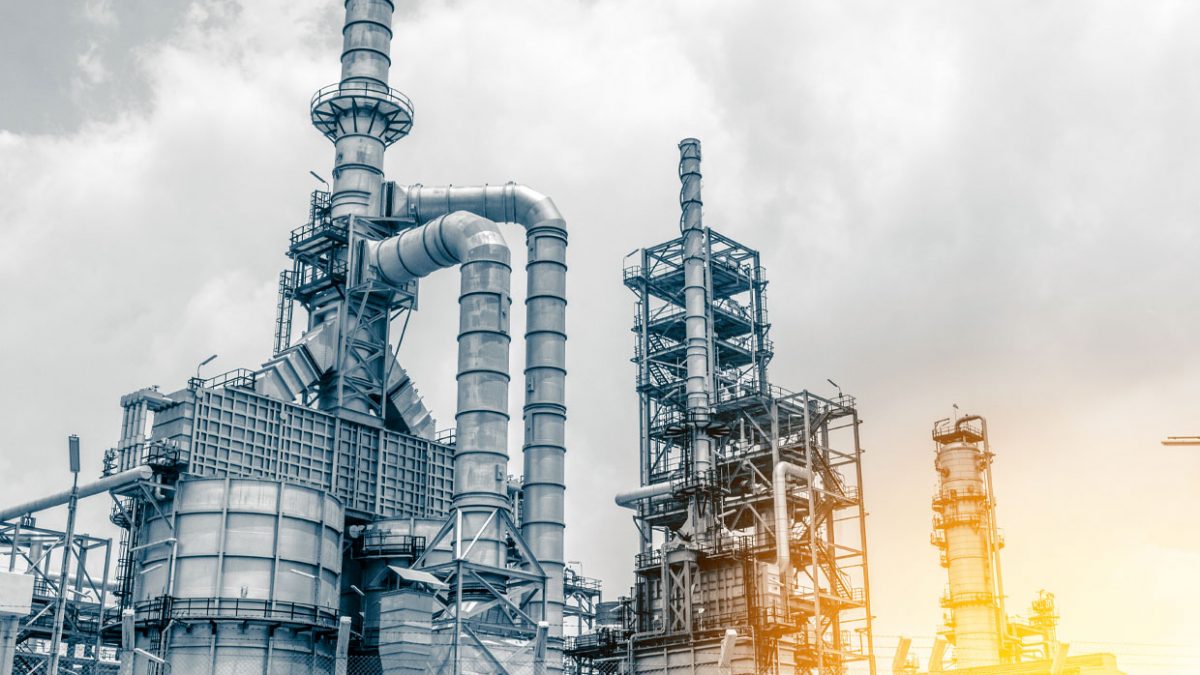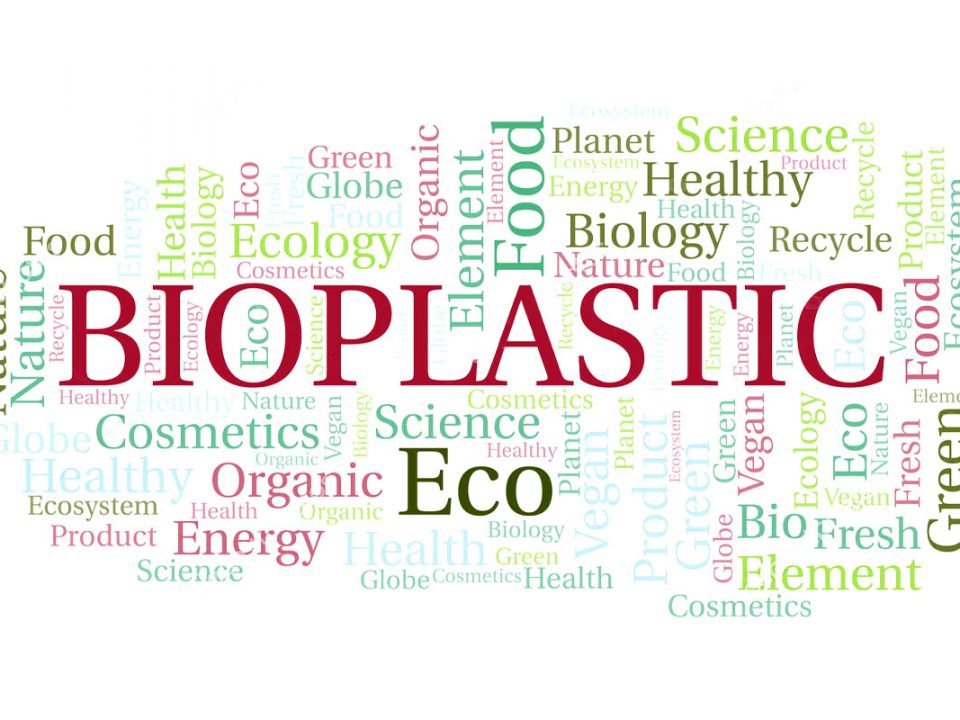Rapid changes in the ethylene capacity world order

Stemming the tide of plastic waste
June 5, 2020
5 trends that shook the petrochemical markets
August 21, 2020Rapid changes in the ethylene capacity world order
A radical shift in the ethylene capacity world order is underway. Greater Europe, once the world’s leading regional producer with more than a quarter of capacity, has been overtaken by the Middle East, US and Asia (excluding China). And we’re on the cusp of another transition. China is set to overtake everyone by 2024, with a rate of growth that’s unprecedented in the industry. Fast forward to 2040, and Greater Europe drops to a distant fifth place, contributing less than 13% of the world’s ethylene capacity. So, what’s behind these changes? Regional ethylene capacity has evolved significantly over the last 15 years. In 2005, total global capacity sat at 118 million tons per annum (Mtpa). Greater Europe was the top contributor, at 31 Mtpa. Global capacity has since grown 57% to 184 Mtpa – but Greater Europe’s capacity remains broadly unchanged. As a result, the region has now been overtaken by the Middle East, US and Asia ex-China, with China also set to overtake in 2021. Drastic changes in the relative position of regional capacity have been driven by a huge disparity in where new capacity has been built. Of the 67 Mtpa of net capacity added globally since 2005, over 97% was in the Middle East, (+22 Mtpa), China (+19 Mtpa), Asia ex-China (+15 Mtpa) and the US (9 Mtpa). In Greater Europe, capacity consolidation has largely cancelled out the relatively small number of new builds and expansions.
1. Meteoric Chinese expansion between 2019 and 2024
It is predicted that China will add more than 25 Mtpa in five years. This is more than China added in the 14 years between 2005 and 2019, and close to half of global capacity growth for this period. For context, the next fastest growing region, Asia ex-China, will add less than 10 Mtpa.
2. Long-term growth driven by the Middle East, US, China and Asia ex-China
These regions collectively constitute over 90% of capacity growth between 2019 and 2040, adding 115 Mtpa of the 127 Mtpa net capacity additions. Capacity growth in the US and Middle East will be driven by access to low-cost feedstocks. In Asia, strong regional population and economic growth will drive demand for ethylene derivatives, and therefore for the monomer.
3. Stagnated growth in Greater Europe from 2019 to 2040
As a mature market with slow-growing economies and populations, Greater Europe’s total capacity will increase by just 7 Mtpa – 6% of world growth. The bulk of this growth originates from Russia and the Caspian, where countries are seeking to unlock more value from abundant natural resources. Despite adding one new steam cracker in our forecast (INEOS, Antwerp), western Europe is expected to decrease total capacity. This is due to further rationalization in this region.
4. Limited growth in the rest of the world (ROW)
The ROW will add less than 5 Mtpa of capacity growth (4% of world growth) from 2019 to 2040. For perspective, this is just three world-scale (1.5 Mtpa) steam crackers. This is despite rapidly growing populations and economies in some regions, which lift local derivative demand. For example, from 2019 to 2040 Africa has one of the fastest-growing populations and an average GDP growth forecast twice that of global GDP (3.8% vs 1.9%). However, for most of the ROW, additional demand will be primarily met by imports from low-cost regions like the Middle East and US.




